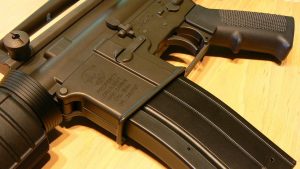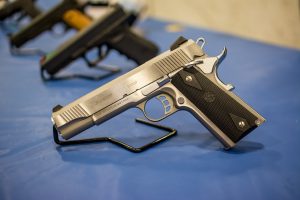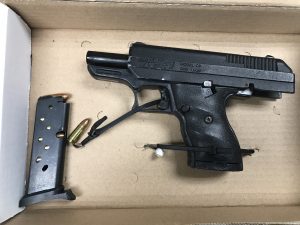 In January the playoff game between the Ravens and the Steelers came to an unexpected halt. At first, fans believed the extended timeout was due to a television issue. As the stoppage continued some spectators were able to see a small green light overhead the stadium but there was still no official word about the delay. Play finally resumed around the time that social media posts picked up on the fact that someone had been flying an unauthorized drone over the stadium. That someone, a 43-year-old Baltimore man, was eventually arrested and charged with knowingly and willfully violating national defense airspace under 49 United States Code section 40103(b)(3). This statute is designed to protect large gatherings of people and violations are punishable by up to 1 year in jail. On the date of the game the FAA put a temporary flight restriction over the Ravens stadium, which per the plea was willfully violated by the defendant. According to the United States Attorney’s press release, flight restrictions are common over NFL, MLB and college football stadiums beginning 1 hour before the game and ending 1 hour after. Flight restrictions are also instituted at large auto racing venues.
In January the playoff game between the Ravens and the Steelers came to an unexpected halt. At first, fans believed the extended timeout was due to a television issue. As the stoppage continued some spectators were able to see a small green light overhead the stadium but there was still no official word about the delay. Play finally resumed around the time that social media posts picked up on the fact that someone had been flying an unauthorized drone over the stadium. That someone, a 43-year-old Baltimore man, was eventually arrested and charged with knowingly and willfully violating national defense airspace under 49 United States Code section 40103(b)(3). This statute is designed to protect large gatherings of people and violations are punishable by up to 1 year in jail. On the date of the game the FAA put a temporary flight restriction over the Ravens stadium, which per the plea was willfully violated by the defendant. According to the United States Attorney’s press release, flight restrictions are common over NFL, MLB and college football stadiums beginning 1 hour before the game and ending 1 hour after. Flight restrictions are also instituted at large auto racing venues.
Based on facts that were uncovered at the plea and sentencing hearing in the Baltimore federal courthouse, both the FBI and the Maryland State Police tracked the drone’s flight path and responded to the area where it landed. Although nobody was at the location where the drone landed law enforcement was able to track the movement of the suspect and eventually showed up at his residence to make the arrest. Police were able to recover 7 pictures taken by the drone from over 400 feet above the playing field, which prosecutors used as evidence in support of the plea. Recently a U.S. District Court Judge sentenced the defendant to 1 year of probation, 100 hours of community service and a $500 fine. The defendant is no stranger to the court system, as he has several prior criminal contacts including a conviction for CDS distribution in Baltimore City and illegal possession of a regulated firearm in Baltimore County. He was also found guilty of violating a protective order and granted probation before judgment.
While this case is hardly the crime of the century, it is an example of the of the government’s motivation to prosecute cases involving the use of drones. Drones have become increasingly more sophisticated, capable and easier to acquire due to advances in technology, and this presents an issue when dealing with protected airspace such as military installations and large outdoor gatherings. State and federal law enforcement face a tough challenge going forward to assure the safety of the public when it comes to civilian drone use, and a case such as this will ideally serve as a deterrent to potential offenders. The Blog will continue to follow these relatively new types of prosecutions and may post a follow up article if state lawmakers decide to address drone use in the next legislative session. If you have been charged with a crime in state or federal court, contact Maryland criminal defense lawyer Benjamin Herbst anytime for a free consultation. Benjamin specializes in defending federal citations from Fort Meade, NSA and the BW Parkway and is highly familiar with the workings of the Greenbelt and Baltimore City courthouses. He handles all types of charges from firearm possession at a federal facility to DUI and is available 7 days a week for a free consultation at 410-207-2598.
 Criminal Defense Lawyer Blog
Criminal Defense Lawyer Blog









